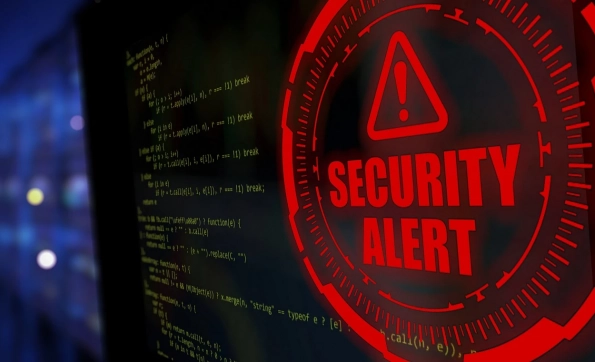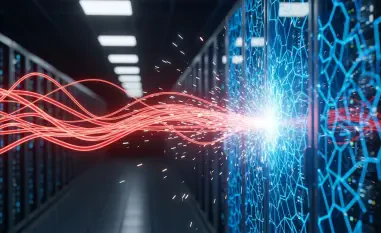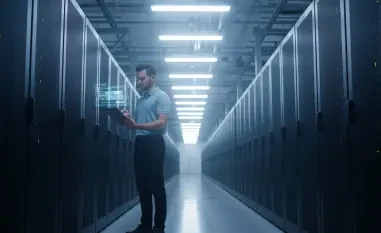The digital age has ushered in a new era of threats where cybercriminals and nation-state actors collaborate to execute highly sophisticated attacks. Traditional threat intelligence, while essential, often leaves organizations one step behind these modern adversaries. To combat this new generation of threats effectively, organizations need to adopt adversarial signals as part of their threat intelligence frameworks. By understanding adversary behaviors and intentions in real time, organizations can shift from reactive to proactive defense strategies.
In today’s threat landscape, collaboration is key. Threat actors have evolved, extending their focus beyond IT infrastructure to encompass an organization’s entire digital footprint. This change has led to more targeted, patient, and dangerous attacks that are tailored to leverage individual organizational, geopolitical, or cultural events. Reports from OpenText Cybersecurity highlight a significant trend: nation-states and cybercriminals are increasingly working together to fulfill their specific goals, often geopolitical. To counteract these evolving tactics, organizations must incorporate adversary signals into their threat intelligence to contextualize attacks and bolster cyber resiliency.
1. Analyze Adversary Interest
One of the first steps in integrating adversarial signals into threat intelligence is to analyze which threat actors are most interested in your assets. By utilizing adversarial signal analytics, organizations can map and identify the specific threat actors targeting their infrastructure. This process helps determine the perpetrators behind specific attacks and tracks their techniques, methodologies, and motives. Understanding detailed adversary interest enables security teams to stay ahead by knowing who is likely to target them and why.
This step involves examining adversary signals that provide real-time, actionable insights into the behaviors and tactics individual threat actors use. By doing so, organizations can anticipate, defend against, and mitigate threats more effectively. For example, these signals might reveal that a nation-state actor is preparing for a cyberattack in response to geopolitical events. With this information, the organization can take preemptive measures to protect against the anticipated attack, reducing potential damage and enhancing overall security posture.
2. Rank Your Defenses
After identifying the threat actors and understanding their motives, the next step is to prioritize cybersecurity defenses based on the tools, tactics, and procedures (TTPs) used by these adversaries. Once adversarial signals and the malicious actors behind them are known, organizations must focus on potential vulnerabilities and entry points that attackers are most likely to exploit. This approach shifts the focus from merely reacting to incidents to proactively anticipating and preempting likely attack vectors, making organizations more resilient to targeted threats.
This proactive defense strategy means concentrating on industry-specific TTPs and fortifying areas most susceptible to attacks. By doing so, organizations can ensure their defenses are robust where they’re needed most, rather than spreading resources too thin. In addition to fortifying defenses, this step also involves regularly updating and adjusting strategies based on the latest adversary signals. This continuous improvement cycle allows organizations to stay one step ahead of evolving threats instead of constantly playing catch-up.
3. Collaborate with Authorities
The digital age has introduced a wave of complex threats, with cybercriminals and nation-state actors often collaborating to execute attacks. Traditional threat intelligence, while important, often leaves businesses lagging behind these sophisticated adversaries. To effectively counter these threats, organizations must integrate adversarial signals into their threat intelligence frameworks. By grasping adversary behaviors and intentions in real time, companies can move from reactive to proactive defense strategies.
Today’s threat landscape underscores the necessity of collaboration. Threat actors have evolved, targeting beyond IT infrastructure to an organization’s entire digital presence. This shift has produced more targeted, patient, and perilous attacks, often exploiting specific organizational, geopolitical, or cultural situations. OpenText Cybersecurity reports highlight a crucial trend: nation-states and cybercriminals increasingly partner to accomplish geopolitical goals. To mitigate these evolving strategies, organizations must adopt adversary signals in their threat intelligence. This approach helps contextualize attacks and enhance overall cyber resiliency.













